Inbound Marketing for Physicians & Other Healthcare Businesses
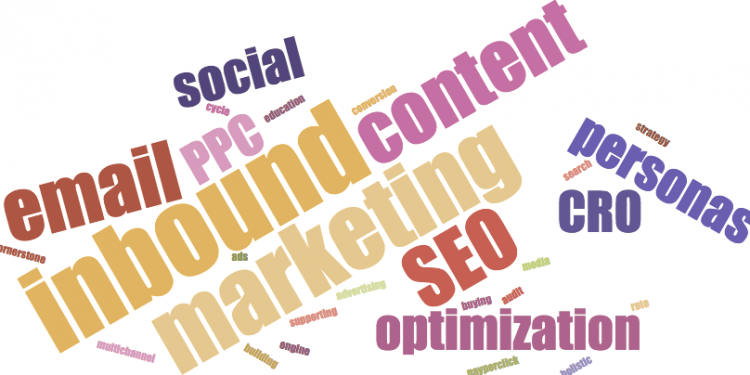
This article discusses how healthcare businesses of all sizes and specialties can take proven inbound marketing techniques from the B2B world and apply them toward the marketing of their medical business or healthcare practice.
Background: An Introduction to Inbound Marketing.
Inbound marketing is a phrase that has been gaining traction within the business community for the last several years, especially within Silicon Valley startups and B2B marketing departments. Inbound marketing helps startups make the most out of free marketing channels in order to grow their email list and customer base, and is often a key element of a “growth hacking” strategy. B2B companies rely on it for lead acquisition, and so leads can be educated and “nurtured” to the end of their buying cycle, where sales have the highest closing rates.
At Inflow, we have started applying inbound methodology to eCommerce sites by helping shoppers make educated purchasing decisions via email-based, topical education campaigns. For example, we might create a downloadable yoga pose guide in full color PDF format, which the merchant (a fitness eCommerce site) would email to potential customers for free. All they have to do is put in their email address and hit “Send me the free guide!” Every email acquired through this initial piece of “cornerstone” content would be added to a list called “Yoga Pose Guide,” and an automated email would go out to them with a link to download the guide, along with a few links to related content (e.g. “A Brief History of Yoga” blog post), and a coupon for 10 percent off their next order. A week later, they would get an email titled “Yoga Poses to Relieve Back Pain,” which offers advice from experts (with pose images) and a link to the merchant’s “Yoga for Back Pain DVDs” category, along with a heavy discount (i.e. 50 percent off your first yoga DVD purchase!”).
The idea is to use content at every stage of the buying cycle (unaware/apathetic, aware and researching, comparing and considering, purchase, repeat customer, etc.) in order to usher through the completion of their purchase and beyond. Because not every customer moves through the buying cycle in the same way, different content needs to be presented to them at different times.
Based on the behavior of each potential customer (opened or not, engaged or not, purchased or not) the email address would shift to different lists or have their status updated from “lead” to “customer,” thus affecting which emails they receive in the future.
We believe the same basic marketing methodology used by startups, B2B companies and eCommerce brands can be applied to the healthcare industry. Below are three example inbound marketing campaigns, one for each of the following healthcare industry business types: physician, chiropractor and medical B2B.
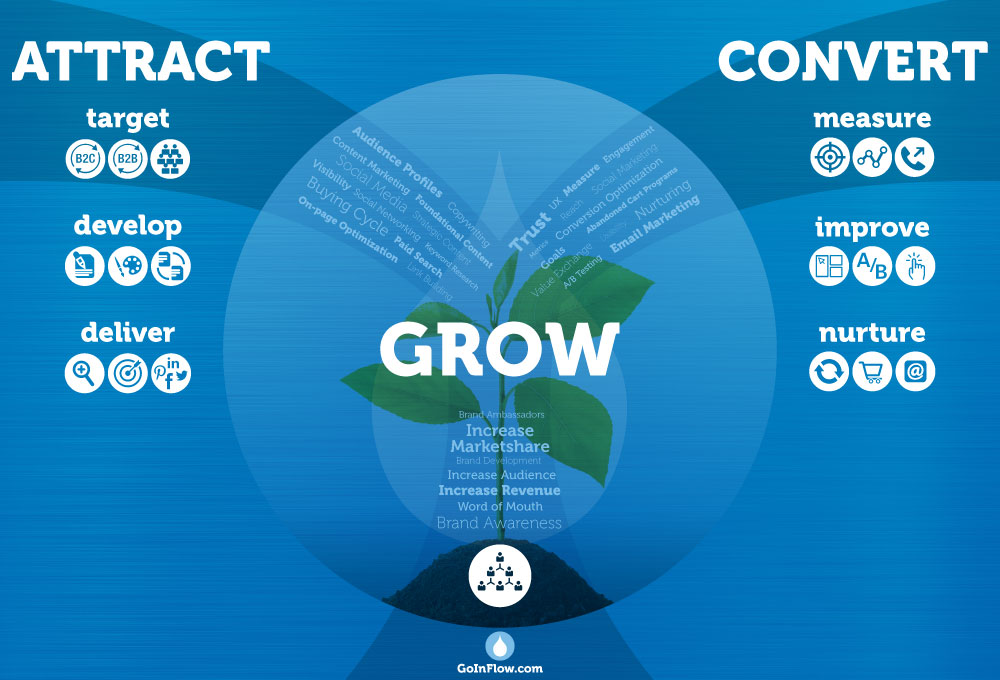
Attract new leads (e.g. potential patients); Nurture and Convert (into patients or customers) with emails and useful content; Grow your practice by providing value.)
Inbound Marketing Campaign Ideas for Healthcare Businesses
Chiropractor Inbound Marketing Campaign Idea
Acme Chiropractic, and other location-specific businesses, will need to at least ask for a ZIP code on all forms so they know who is a potential patient, and who just wants the information and will likely never become a patient.
The following campaign idea will be described from the perspective of a likely “audience persona” we’ll call Post-Accident Sally.
Sally was in a car accident and is experiencing severe back pain. She starts researching on Google and finds Acme Chiropractic’s “Guide To Recovering From Car Accident Injuries,” which is a landing page similar to this one (shown below) by a PI law firm.

Premium (aka “freemium”) content like eBooks filled with helpful tips can build trust with your audience.
There is a series of “lead nurturing” emails that check in with the prospect and try to “move her” to the next step of the funnel, which is scheduling a free consultation with the chiropractor. Sally schedules and receives treatment with great success.
Later on, the practice emails Sally letting her know how she can help others by referring them to the practice. Additional health tips and offers are sent on a regular basis to try to move her to the “next step” which is getting on a monthly preventative plan.
At every step of the way, Sally’s status within the system gets updated so she only receives emails that are relevant to her, and is never asked the same question twice when filling out a form on the site.
In this scenario, someone who may have never even thought about going to a chiropractor (she was researching back pain relief) has, with a good marketing automation strategy based in email lead-nurturing with content offers, moved from unaware all the way to repeat customer.
The thing is, someone can land at any stage in this process. For example, someone researching chiropractors in the area may end up on a more targeted piece of content in the middle of the funnel (e.g. “Five Reasons Acme Chiropractic was Named Best Chiropractor in Chicago by Spinal Care Magazine”) and be nurtured through the rest of the process until they become a repeat customer on a monthly wellness program.
Medical B2B Company Inbound Marketing Campaign Idea
This is the type of business model (B2B) that is typically being referred to in most articles about “inbound marketing.” Most of the posts on Hubspot would be applicable to a distributor of medical devices, diagnostic centers or a medical marketing agency.
One outstanding example of a B2B company in the healthcare industry applying inbound marketing concepts is HealthCatalyst, a healthcare data warehousing and analytics company based in Utah. Among their competitors are Oracle and IBM, yet HealthCatalyst has managed to outsmart and outmarket these much larger brands.
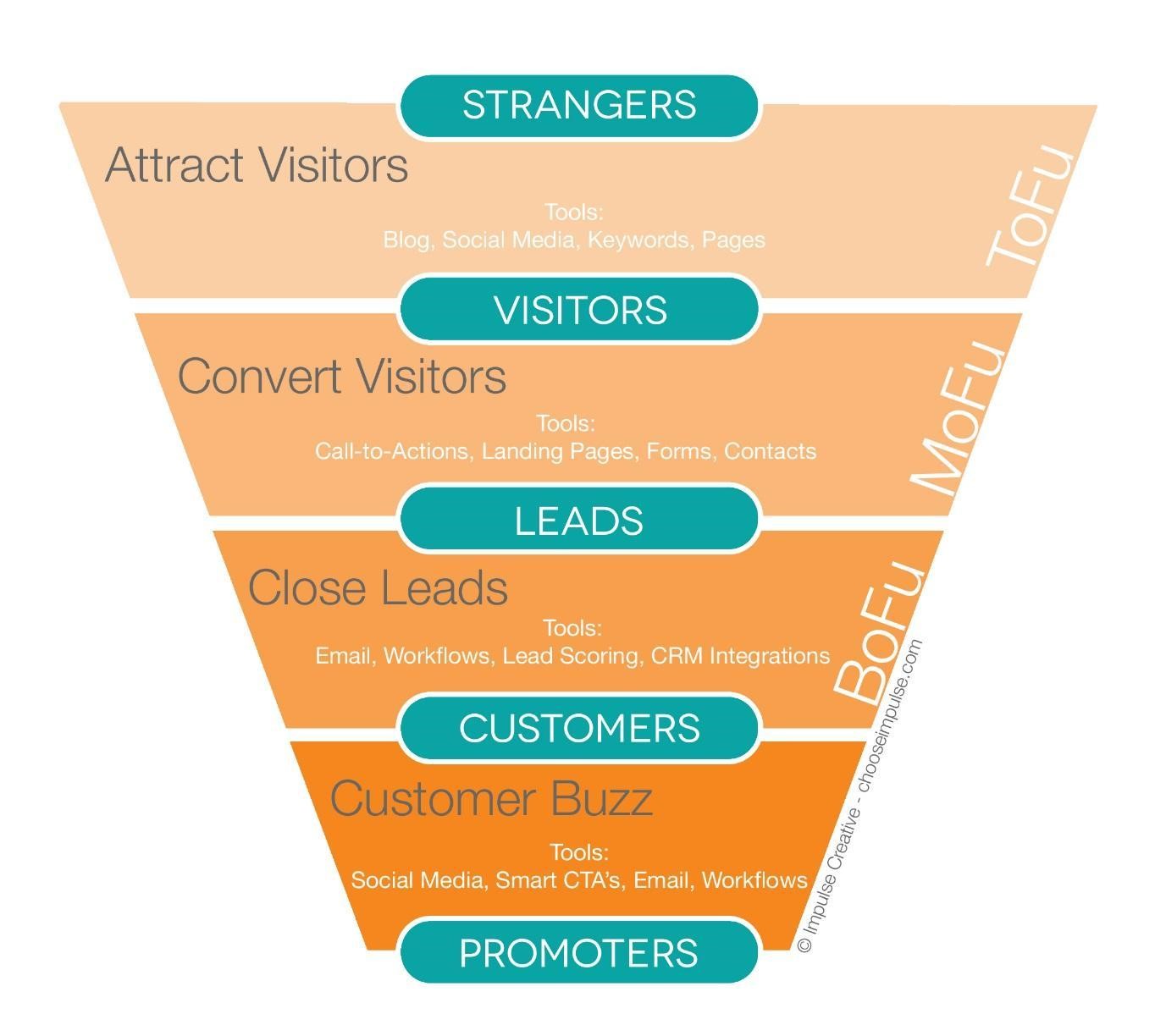
HealthCatalyst wins by capturing emails at every turn, and by providing real value to their visitors – enough value, at least, to tempt them into the conversion funnel.
HealthCatalyst has an enormous, useful Knowledge Center that includes recorded and upcoming webinars, whitepapers, research reports, videos, eBooks, FAQs and more. In other words, they’ve invested heavily in high-end strategic content. The type of content they share doesn’t come cheap, but the ROI is probably high thanks to their email acquisition and lead-nurturing strategies.
Visitors can save content to their HealthCatalyst folder while browsing the site. It’s like having your own book cart at the healthcare data library. When they’re ready to go, they can easily email their reading list of content they wish to read/view in more depth, or bookmark for later.
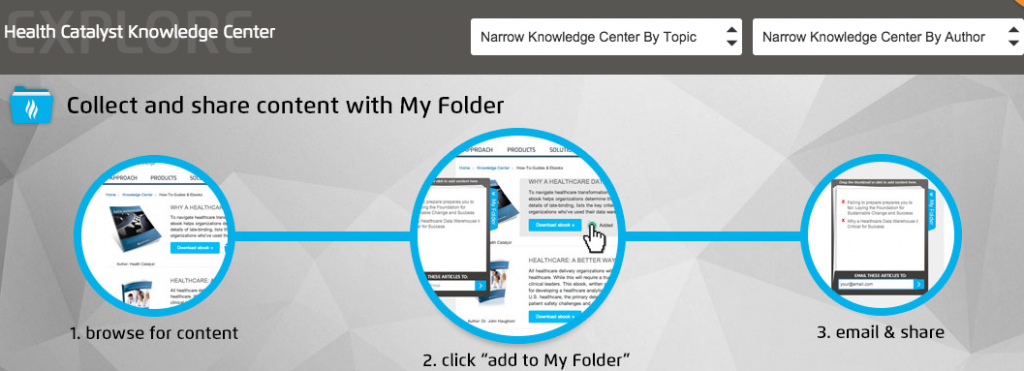
This strategy must do well for them, as it is the biggest call-to-action on their homepage.
What better way to grow a “smart” email list than by providing a valuable repository where leads can curate content they care about? Not only do you get the email address, but you know exactly where the lead is within their level of knowledge of the topic, and what kinds of content they’re interested in.
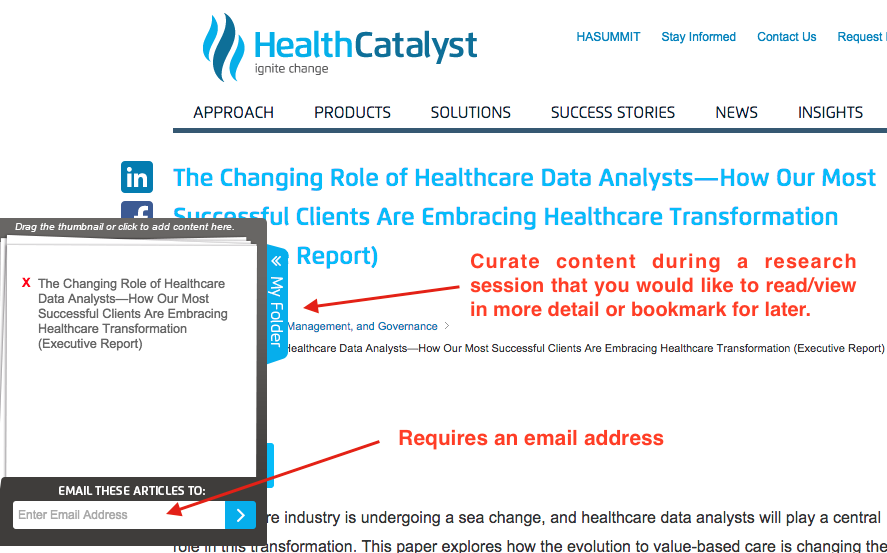
HealthCatalyst are expert inbound marketers. They stick with potential customers from initial education to post-conversion, capturing emails at every turn and providing value the whole way through.
Even if you don’t have the budget to invest in enough content to immediately launch an entire knowledge resource center, each major content initiative can be treated as its own campaign. Using another example from HealthCatalyst…

Even if you already have an email address on your list, the more times they download premium content, the more you can learn about them. Inbound marketing platforms like Hubspot even allow you to post “smart forms” that won’t ask the question if you already have the answer in your contact database.
Cornerstone content pieces are great for email acquisition campaigns, but they can also be good for list segmentation. By requiring a lead to fill out the form to access the premium gated content, the company gathers more data about emails they may already have in their list, including things like Job Title and Company, which allows them to better segment and target their leads. It also gives permission for them to email potentially thousands of leads every time that eBook is updated.
Family Physician or Specialist Inbound Marketing Campaign Idea
 Typically, the goal here will be to educate the community about health-related issues and events through a weekly/bi-weekly/monthly (each situation will be different) email “wellness newsletter” or “health alert”.
Typically, the goal here will be to educate the community about health-related issues and events through a weekly/bi-weekly/monthly (each situation will be different) email “wellness newsletter” or “health alert”.
Once enough people with nearby ZIP codes have joined the list, they can be engaged in many different ways. An example would be to send out an email to all non-patients on the list with certain ZIP codes in their profile whenever the doctor is accepting new patients. In fact, an easy way to gather emails could be to show a button that says “Notify me when you’re accepting new patients,” which would get the first pieces of necessary information: a name, email address and phone number.
Immediately after requesting the notification, they would be sent a follow-up email confirming that they will be notified, as well as a link/button calling them to “Sign up for our [Area] wellness alerts!” and possibly links to a few pieces of relevant content on the blog.
Once an appointment has been scheduled, the lifecycle of that “lead” could be updated to “patient,” thus allowing you to control which emails go out to existing patients and which go out to non-patients.
Simple, affordable smartphone app-builders can also be used to create a free app as another way to acquire permission to email potential patients. All subscribers could get emails about how to stay healthy, local health events and important health alerts via the app.
The high-level strategies above should work with or without a marketing automation system, but they would be much easier to implement if you had one. If you’d like to learn more about how to implement these strategies just subscribe to the GoInflow.com and Hubspot blogs. You’ll be launching effective campaigns like these in no time!
No Comment